Xylem Furniture Sketches
I am working on taking our Xylem system and making into a line of furniture, starting with small stools. I am not sure it the pieces will be CNC routed or cast from 3d prints or perhaps even direct 3d printed. The first step is to take our applet which just draws a series of 2D line segments and have it build a 3D mesh suitable from rapid manufacturing. In our previous systems for 3d printing, Cell Cycle and Growth, we calculated a low polygon mesh in a precise mathematical manner by constructing joints and connecting members, and then smoothed it using Catmull-Clark subdivisions. Due to the relatively unstructured nature of the patterns created by the Xylem line, it’s impossible to create the meshes in that way so I decided to take Toxiclibs for a spin and use the volumeutils implementation of marching cubes to build my meshes. I still have a lot of work to do, but here are some preliminary images of the type meshes I can build.
While there are still a lot of issues to work out, I’m very excited about the possibilities of using our Xylem system to create a line of functional furniture where each piece is a one of a kind emergent design. The next step is to implement a similar meshing system in C++. Jesse has already created a Xylem system that grows in 3D rather than on a surface like the examples shown below but we can currently only visualize it as lines.
Now that we have an intern at Nervous HQ, we can focus a lot more on non-jewelry projects like this.
You can see the pictures larger on our flicker here

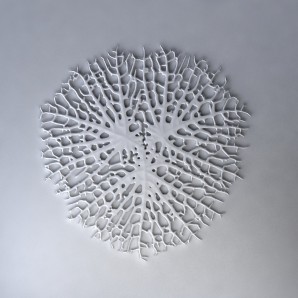
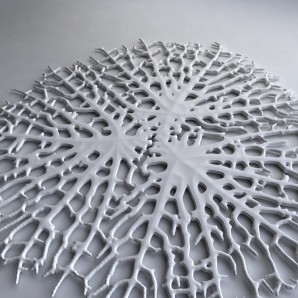
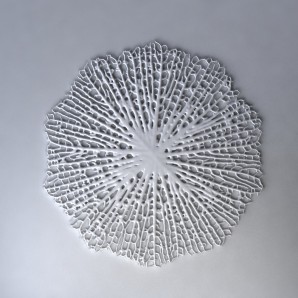
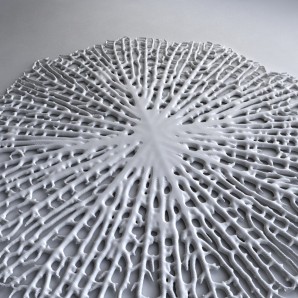
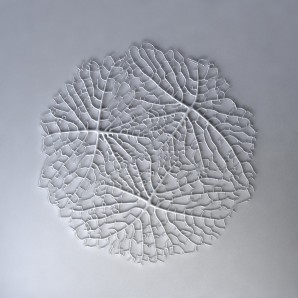
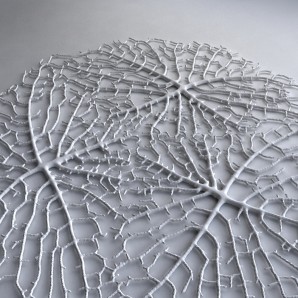
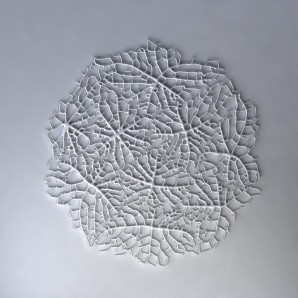
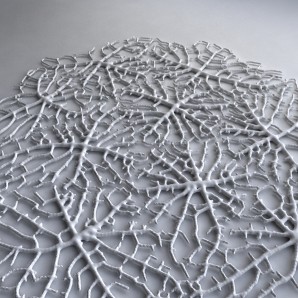
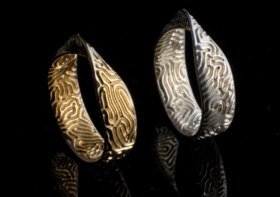

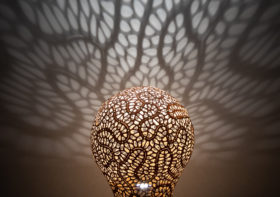
Gimmy
I really like the pieces, though after reading the post about your work; “The brooch’s minute details would have been impossible without rapid prototyping.” I disagree, if you check out MOSS across the street from the cite show, they had a leaf bowl that is made of brass – very thin, that I believe is not rapid prototyped but actually etched brass – it’s very very thin and has an amazing memory – if you get a chance you should check it out and ask the retailer to pull it out – it’s quite amazing – and might lend to more ideas for you. Keep the great work going.
jessel
I’m not quite sure what post you are referring to, but our brooches are photochemically etched. Etching is almost a rapid prototyping process in that: 1 it can be computer controlled, 2 it requires very little overhead. Now, I suppose the statement is not still not true, since almost anything can be made by hand given enough effort, but practically it would not be economical.